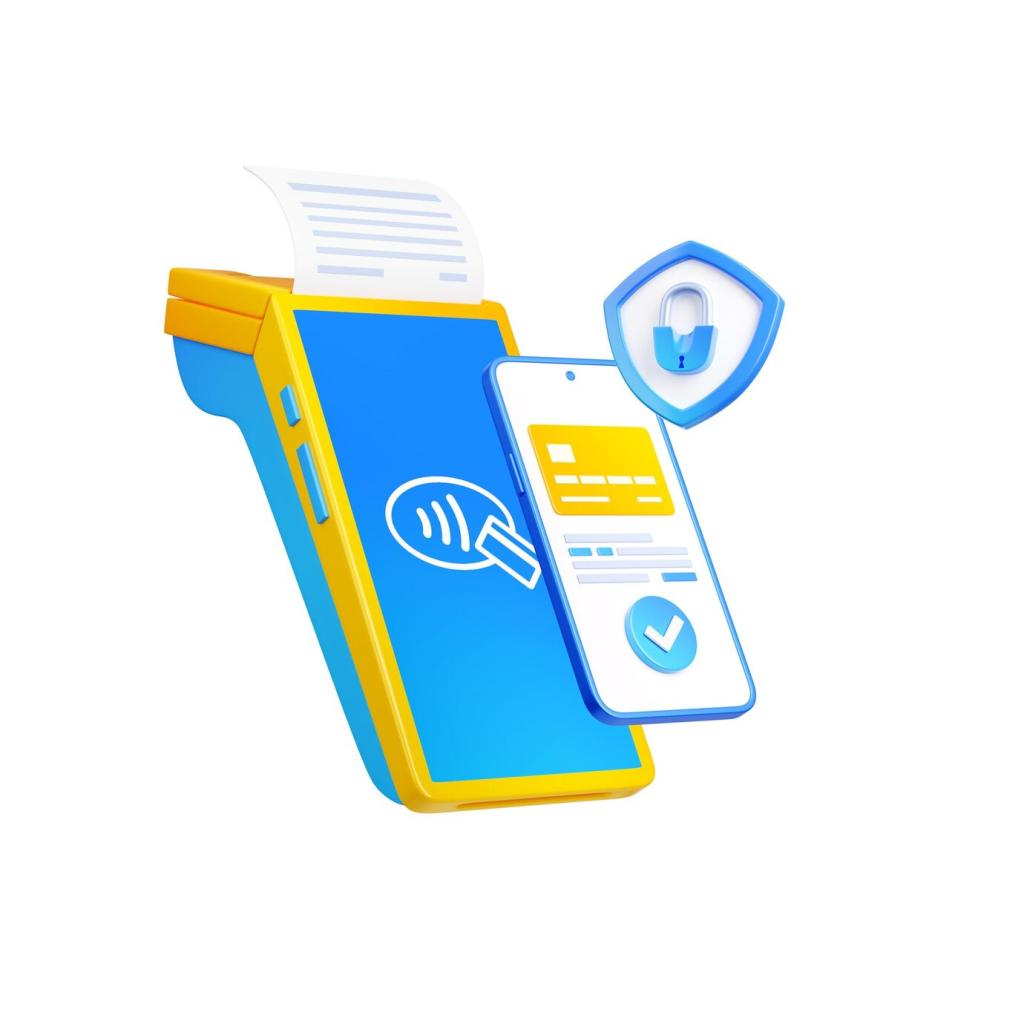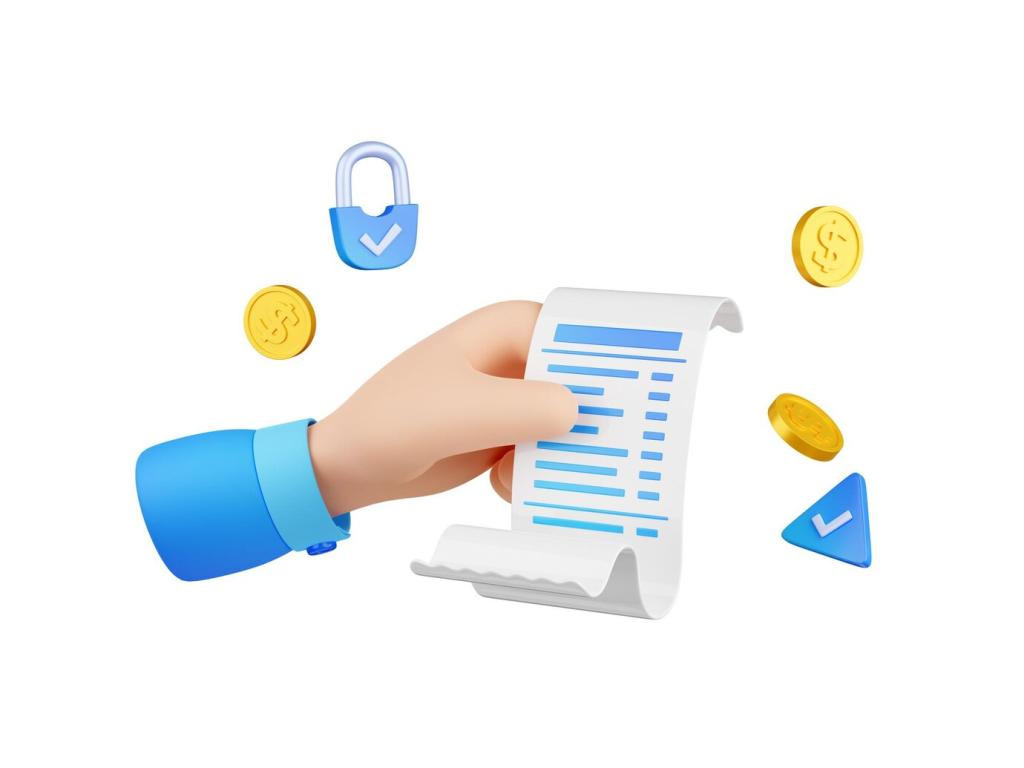
Innovative Tools for Risk Assessment in Business Deals
Today’s chosen theme: Innovative Tools for Risk Assessment in Business Deals. Explore AI, simulations, and real-time analytics that transform due diligence into confident decisions. Subscribe for weekly playbooks, and share your toughest risk questions to shape upcoming guides.
AI-Powered Due Diligence: From Documents to Decisions
Natural-language understanding for contracts and disclosures
Modern NLP reads contracts, side letters, and disclosures to tag indemnities, caps, baskets, MAC clauses, and change-of-control triggers. It clusters similar provisions, highlights deviations, and proposes questions for sellers, accelerating smarter negotiation.

From single-point estimates to probability distributions
Translate assumptions into distributions—triangular for demand, lognormal for pricing power, beta for churn. Monte Carlo runs thousands of paths, revealing tails that matter for debt service, earn-outs, and management incentives.
Stress-testing covenants, earn-outs, and synergies
Link simulations to leverage ratios, interest coverage, and synergy timing. See the probability of breaching covenants, missing earn-out triggers, or slipping integration savings. Adjust structure proactively, not reactively, before the term sheet hardens.
Share your assumptions; get our template
Post your three riskiest assumptions in the comments, and we’ll send a flexible scenario template. Subscribers receive quarterly scenario libraries calibrated to sector shocks, macro shifts, and recent regulatory developments.

Graph Analytics to Uncover Counterparty and Supply Chain Risk
Knowledge graphs trace shell entities and cross-border holdings to identify ultimate owners and sanction adjacency. Automated checks flag indirect links that could jeopardize banking relationships, insurance policies, or export approvals post-closing.


Graph Analytics to Uncover Counterparty and Supply Chain Risk
Graph centrality metrics quantify dependency on single suppliers, logistics hubs, or specialized components. Simulate the knock-on effects of a Tier-2 disruption and evaluate dual-sourcing or buffer inventory strategies before committing to valuation.


Real-Time Monitoring and Unified Risk Dashboards
Sentiment feeds, whistleblower forums, and ESG controversies are scored against your target’s footprint. Signals are deduplicated and ranked for materiality, so your attention stays on actionable developments rather than headline noise.
Real-Time Monitoring and Unified Risk Dashboards
Composite risk scores update as new data arrives, adjusting for sector baselines and exposure. Thresholds trigger playbooks—pause diligence, request reps, or modify covenants—keeping decisions timely, documented, and aligned with investment policy.
Feature importance ranks drivers of risk scores, while counterfactuals demonstrate what would change a decision. This clarity supports negotiations, committee approvals, and regulator dialogue when your conclusions face tough scrutiny.
Explainable AI and Governance in Deal Risk Models

Automated external attack surface assessment
Tools inventory exposed services, misconfigurations, and leaked credentials for the target and critical partners. Risk scores guide questions for management and shape cyber reps, warranties, and escrow sizing tied to remediation milestones.

Data discovery to map privacy risk before closing
Entity resolution and pattern matching locate sensitive data across systems, flagging cross-border transfers and consent gaps. You quantify regulatory exposure under GDPR, CCPA, and sector rules, informing integration sequencing and retention policies.

Regulatory horizon scanning to avoid surprise liabilities
RegTech platforms track evolving obligations—AI governance, digital operations resilience, and sector-specific directives—mapping them to your target’s footprint. Share your toughest jurisdiction, and we’ll feature a primer in our next subscriber briefing.
